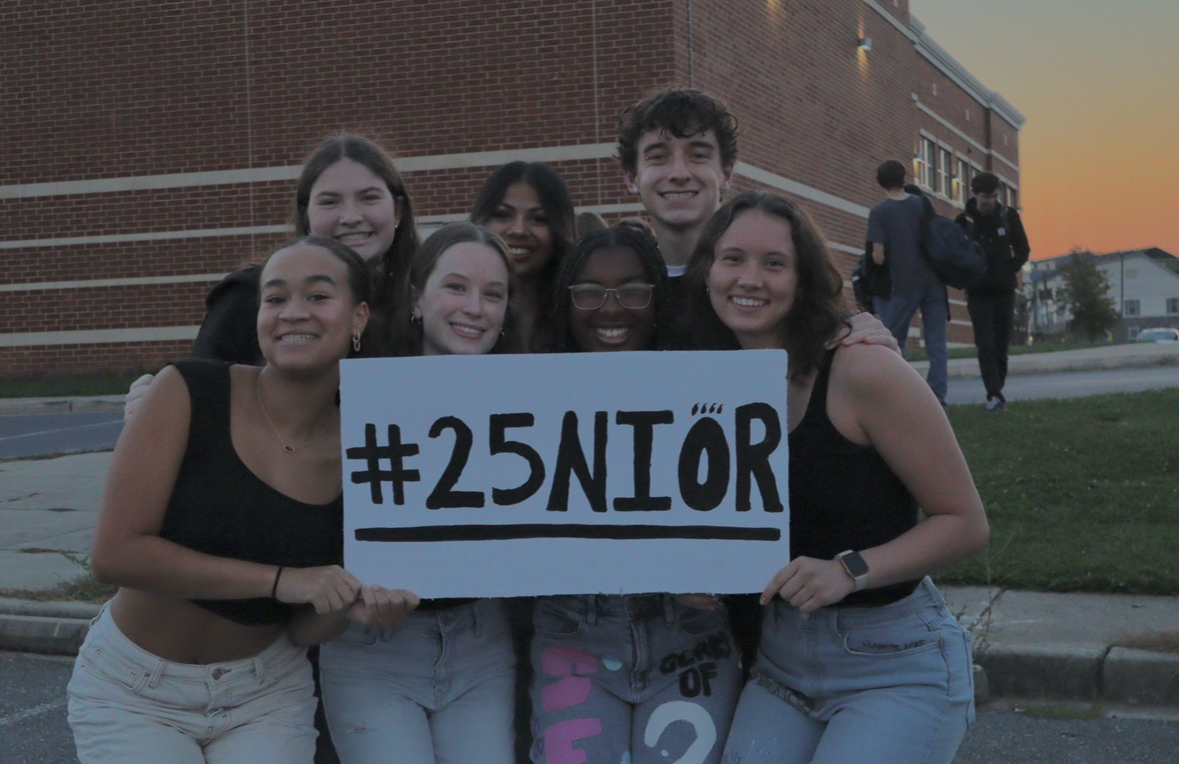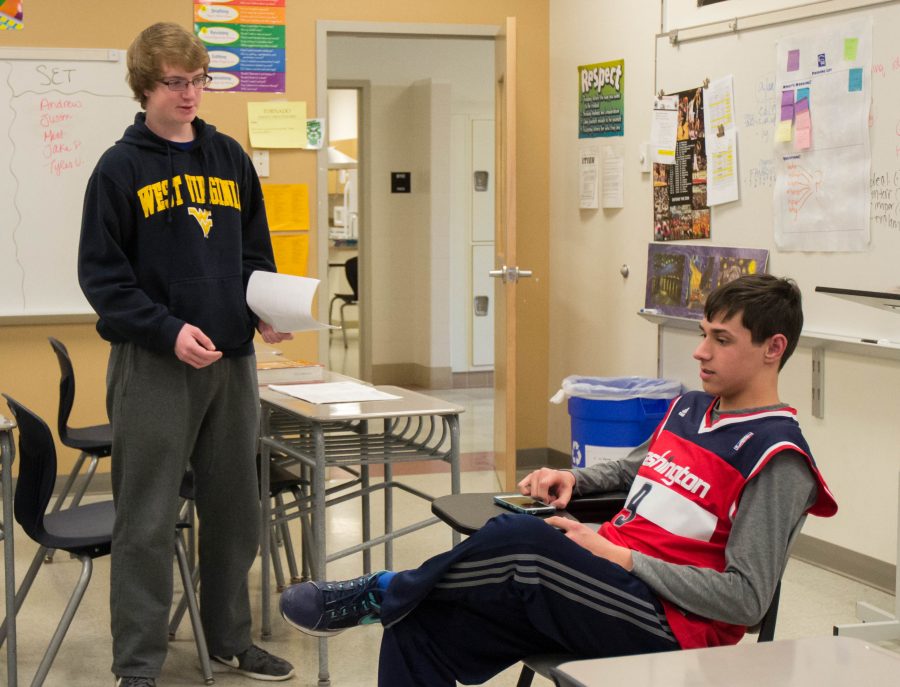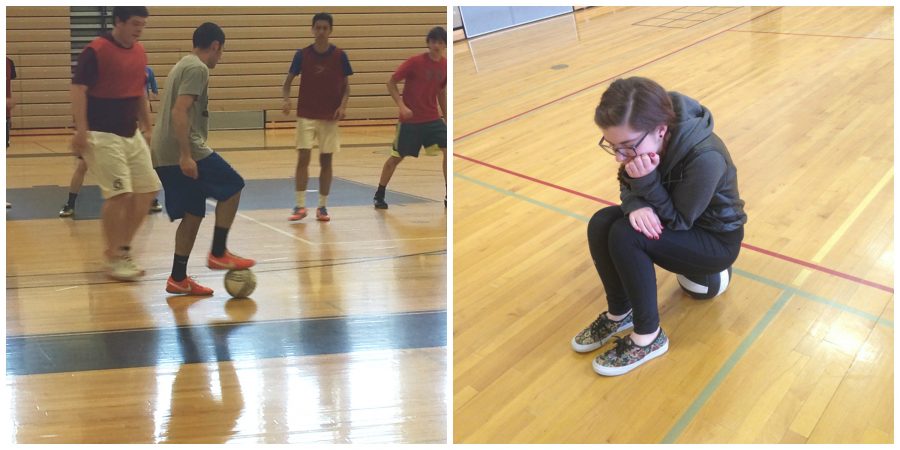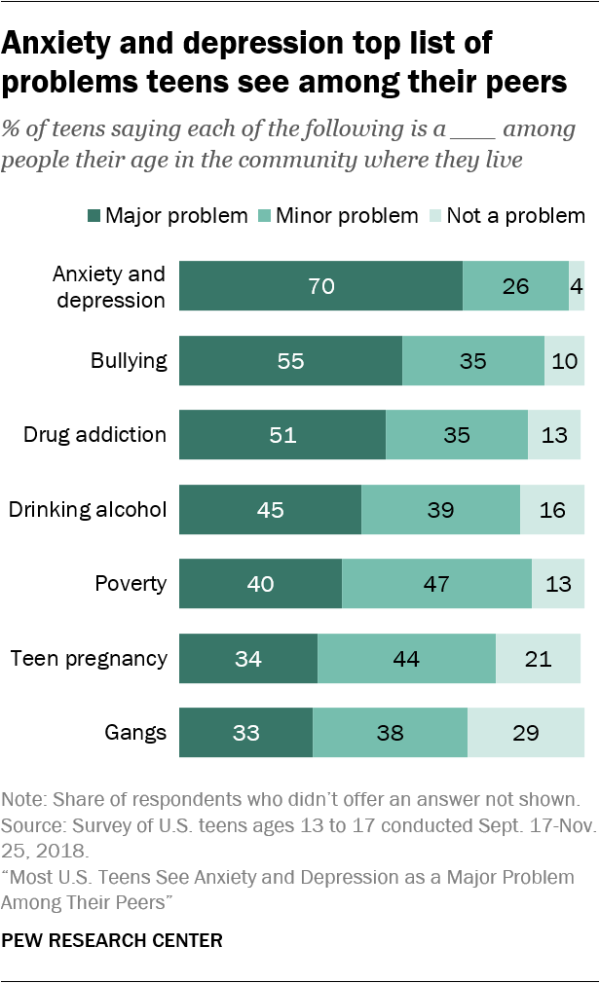Evolution of a Student
December 5, 2019
Students have evolved over the decades since general education has been established. Some say that the traditional student no longer exists. A traditional student can be categorized as somebody who goes through the typical aspects of education (high school, college, grad school …etc..), and many argue that there are so many diverse options available there is hardly a “traditional” route anymore. The newest wave of students is now persisting on the road to graduate. Then enters the current-generation and its highest high school graduation rate ever. Since then the “traditional,” schools have reshaped the care models, experiences, structures, and technologies they provide in order to produce a better student.
If the current generations parents, as well as our grandparents, would enroll in school today, they would fall victim to the extreme trans-generational differences. Classrooms in all aspects of learning have changed not only drastically but almost completely, not just in the past decades but in the past five years. Expert’s data creates a visual slope of the increasing ways in which different levels of school impact students in different ways throughout the years. The College Board, and the Inside of Higher Education, have been tracking and developing these statistics.
First off, high school and college completion rate, is at an all time high in all of United States history. 90% of the population at age 25 have completed high school, compared to the 1940’s where less than half of the population at the age of 25 completed high school. In that amount of time the U.S has created an impressive educational growth, with most of the progression in recent years.
Between 2000 and 2017, the percentage of all 25 year olds and older who had not completed their high school degree decreased by over one-third, declining from 16 percent to 10 percent.
This has been calculated and noted by multiple persons involved in education, most comments on the shifting changes in the “new classroom.” “As education systems globally begin to evolve with newer models of learning such as the flipped classroom, blended learning and the innovative schools of the future, we are starting to see a shift in paradigms,” says Robert Miller of the popular educational site Getting Smart. This said on the basis of the fundamental changes that are being put into place by the education industry, which has produced the growth of more positive stats on student success.
With the rising amount of success among students and the not so gradual application of harder learning environments, the biggest change in the average student is not the stats and totals and percentages that show the vast improvement in academics, but what all the pressure can turn into.
There have been several studies on the mental effects school is having on students, and none of the studies show any positive aspects to the stress levels. In 2016, about two-thirds of all college students reported “overwhelming anxiety,” This was a jump from the 50 percent only five years ealier, according to the American National College Health Assessment.
Many people educated on the matters of student development acknowledge growing concerns. “There’s just so much going on in this day and age, the pressures to fit in, the pressure to achieve, the pressure of social media. And then you couple that with the fact that kids can’t even feel safe in their schools—they worry genuinely about getting shot—and it all makes it so much harder to be a teenager,” says Kathy Reamy, a school counselor at La Plata high school in Southern Maryland.
“Honestly, I’ve had more students this year hospitalized for anxiety, depression, and other mental-health issues than ever,” Reamy also shares with Inside Higher ED. This goes to show how the overall accentuation of the responsibilities, as well as outside fears that go along with being a student of today, have caused most students to evolve into successful, but despondent scholars.
This of course has been taken note of in recent years by all levels of educators and mentors of troubled students, and there are many ways in which smaller communities and larger communities aid to this growing problem. As education has evolved, so have students, and their ways of handling the growing pressures of school.
Tactics such as mental health days have evolved from these issues, a mental health day is a day where a student takes off from school in order to relieve stress and renew vitality, these have served as good habits for students everywhere. Therefore, introducing more effective ways for a student to succeed in their schools while continuing the success society is seeing in academics, and continuing the process of the evolution of today’s student.





























